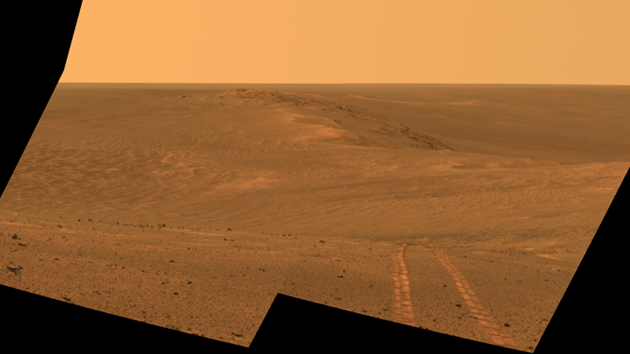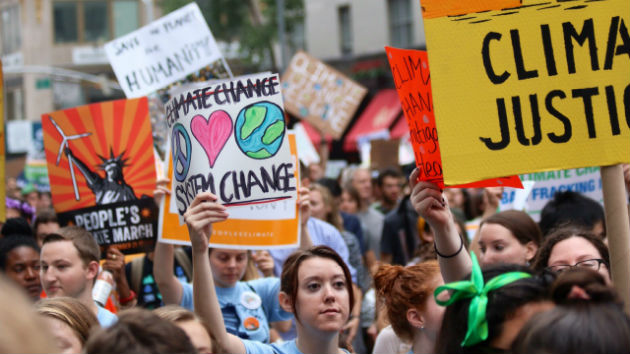If you attend any climate change protest these days, you’re bound to see a sign that reads, “There is no planet B.” Even UN Secretary General Ban Ki Moon has adopted the slogan. “This is our planet Earth. This is a very small planet, if we consider the vastness of the universe,” he told an audience at Climate Week in New York City last year. “There is no plan B, because we do not have a planet B.”
It’s self-evident that the solution to man-made climate change is not packing ourselves into a space ship and heading off to colonize far-away galaxies. Curbing carbon pollution and developing low-carbon energy sources are the generally agreed-upon solutions to help slow global warming.
But, in the distant future, if we really had to leave our broken home for better climes—and we possessed the technology to catapult ourselves to solar systems that are light-years away—where could we go?
Planet-hunting for Earth-alternatives is now in full swing, says Professor Sara Seager, an astrophysicist and planetary scientist at the Massachusetts Institute of Technology. “We already know about thousands of planets orbiting stars other than the sun, we call them ‘exoplanets,'” she told me via Skype from California. “And I believe there’s definitely a ‘planet B’ out there somewhere, we just have to find it. And right now, myself and others around the world are building the next-generation of telescopes so that we’ll have the capability of finding and identifying another Earth.”
In the video above, you can watch Seager detail three recently discovered exoplanets that have each generated a lot of excitement in the scientific community. These planets orbit their stars in the so-called “Goldilocks” zone. They are not too close to, and not too far away from, their respective stars. That means they are—potentially—hospitable to life. Among Seager’s favorites is the Earth-sized Kepler 186-f, but it’s over 500 light-years away, so humans probably won’t be going there. Closer possibilities include HD 40307-g, a large planet in a solar system with as many as six planets.
So will human explorers ever really make it to an exoplanet?
“I really think somehow, some day, someone will find a way to get there,” Seager said. “But it’s definitely not the solution to the problems on our planet right now.”












